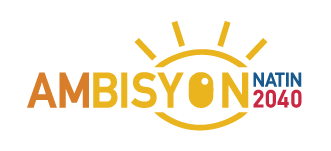Ben O. de Vera (Philippine Daily Inquirer)
One of every four Filipinos is now covered by cheap microinsurance products, and the government aims to cover almost half of the population by the end of President Duterte’s term, Insurance Commissioner Dennis B. Funa said Tuesday.
In a statement, Funa said the microinsurance penetration rate stood at 25.4 percent as of September last year, up 3.2 percent from the previous quarter.
This translated to 26 million of the 103.5 million Filipinos covered by some form of microinsurance.
“We are optimistic that the microinsurance penetration rate will increase up to 48.7 percent by 2022,” Funa said.
Microinsurance products’ prices computed on a daily basis should not exceed 7.5 percent of the daily minimum wage rate for non-agricultural workers in Metro Manila, equivalent to about P34.
According to Funa, almost three-fifths or 15.6 million of the Filipinos that had availed themselves of a microinsurance product secured their policy from microinsurance mutual benefit associations (MBAs).
Life insurers’ microinsurance product lineups covered 7.5 million Filipinos, while non-life products had been availed of by 3.1 million.
As such, microinsurance premiums jumped 63 percent to P3.97 billion at the end of September from P2.44 billion in the previous quarter.
MBAs accounted for 56 percent of end-September premiums or P2.2 billion; the life insurance sector contributed P1.35 billion or over a third of the total; while non-life insurers had a tenth or P409 million.
Funa nonetheless pointed out that “the importance of microinsurance is not the amount of premiums generated.”
“Wider financial inclusion and maximum social protection is critical in a developing and vulnerable country such as the Philippines,” Funa said, citing that the country is the second most vulnerable to natural as well as man-made disasters in Asia.
Also, “microinsurance can help combat poverty by providing low-income sector of the society with access to risk protection products thereby protecting their lives, properties and livelihood” as “the continuous increase in microinsurance penetration rate is helpful to the attainment of the ‘AmBisyon Natin 2040’ of the Duterte administration with the goal to wipe out poverty by 2040 or sooner and its strategy of improved financial inclusion and income diversification,” Funa added.
The Insurance Commission last year came out with microinsurance frameworks for agriculture, health and pre-need products. The Philippines is widely regarded as a model in microinsurance penetration.
